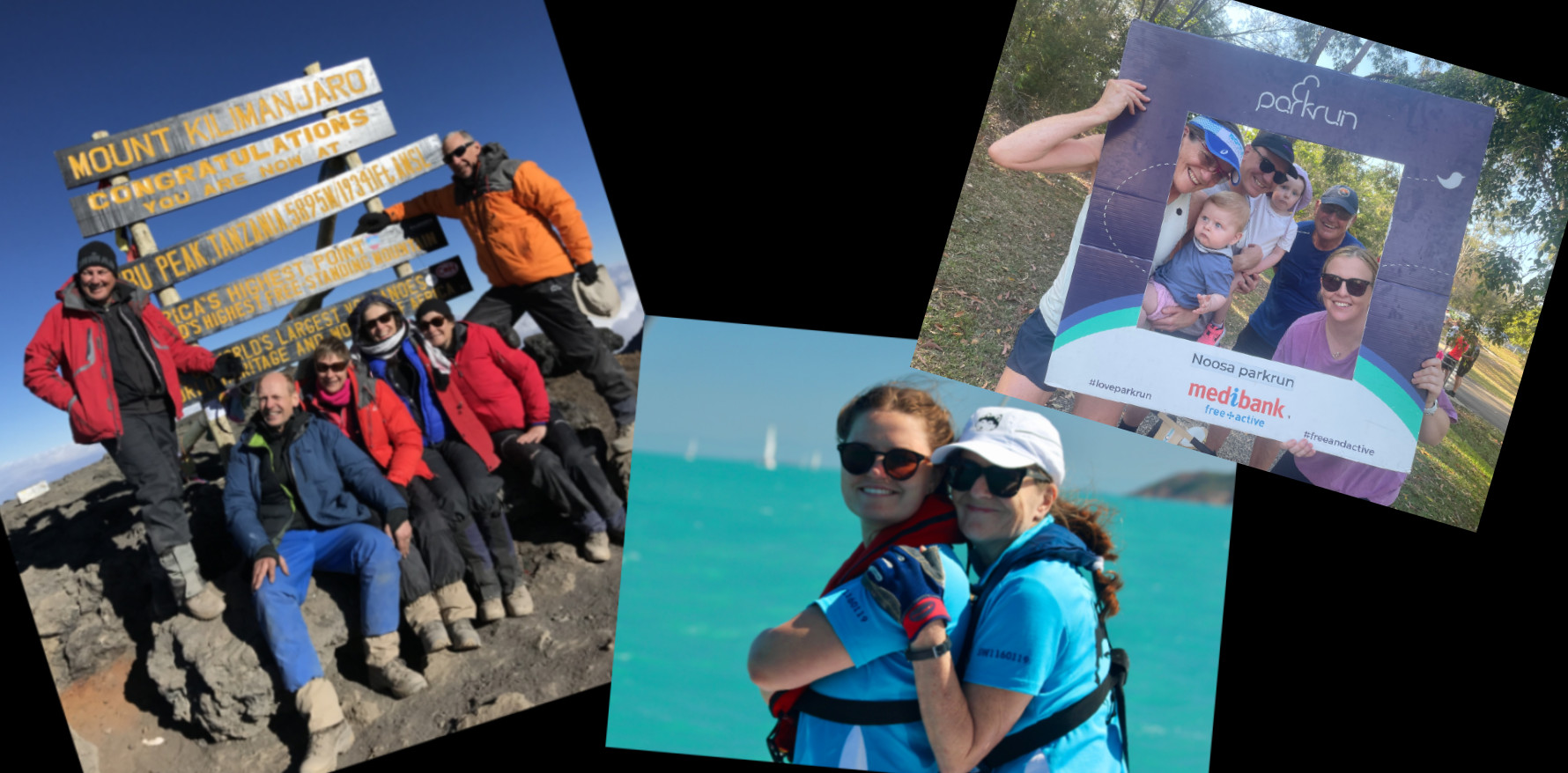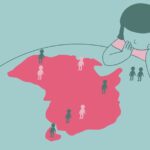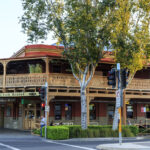The new ARA president talks work, family, fun and the challenges ahead for rheumatology.
Meet Dr Claire Barrett, the new ARA president.
She runs a clinic in outback Queensland and is currently training for a half-marathon. She’s climbed Mt Kilimanjaro, raised a blended family of five children and still makes time to advocate for changes to workforce planning in rheumatology.
What drove you to become the ARA president?
It’s got to be a team approach from us as volunteers, the rheumatologists, the nurses and exercise physiologists. And then we need our partners like Arthritis Australia, CreakyJoints and MSK Australia, because it takes a village to make the changes that are needed.
Being a part of making a difference. It takes a team though – no one person can make the big changes that are needed.
What are you going to do to address workforce shortages?
Workforce shortage is a big issue. The ARA has several approaches, including encouraging other states to explore the VicHealth initiative to fund more regional rheumatology training placements. Wouldn’t it be fantastic if NSW Health funded a trainee in Port Macquarie, Tamworth, Orange and Dubbo!
We will also keep advocating to have all the recommendations of the interim report on the recent parliamentary enquiry into childhood rheumatic diseases implemented. Especially important is the recommendation to triple the number of paediatric rheumatology specialists through dedicated funding.

Do you have any thoughts on the trainee selection issues raised at the ASM?
The session was really thought provoking and there was an enthusiastic online chat, despite it being at the very end of the ASM.
It highlighted that trainee selection should consider a variety of factors such as service, education, leadership and research. Each state-based trainee selection committee may look at different balances of these areas, but this will be supported by national selection principles and processes for local adaptation.
These are being worked on by Associate Professor Arvin Damodaran and the ARA Education, Workforce and Training committee. They’re collaborating with Professor Michael Shanahan and the RACP advanced training committee, and any ARA members who are interested.
But it isn’t just about increasing numbers – it’s ensuring that the training we give trainees and the training that we try and impart to other providers is of an ideal quality.
You’re a great advocate for rural and regional rheumatology – do you have any advice for rural-curious rheumos?
Think about whether you want to go and live there or offer a fly-in, fly-out or drive-in and drive-out service.
To conduct a rural practice as part of your public service is a great option; we have a great FIFO model in Queensland run out of Metro North Hospital and Health Service. There’s a service agreement with the hospital and health service for Rockhampton where a rheumatologist flies up with a registrar once a month, sees patients face to face at the clinic and then follows up with video telehealth. The model has just been replicated to Hervey Bay and Bundaberg.
And for private practice, you could find a GP surgery who wanted a visiting service, or you could go to a small, private hospital, or to other specialist rooms.
You’d probably need to commit to once a month for a medium-sized town. For a tiny place like Longreach, once every three months has been adequate most of the time. Sometimes we do get a bit smashed, but for the last five or six years a QLD advanced training registrar has been working the clinic.
We can see 10 or 15 new patients and 30 or 40 follow up patients depending on complexity. And floods! The last time we went there were floods. Five patients couldn’t get out of their properties!
Do you have any advice for early career rheumatologists?
Enjoy it and don’t sell yourself short. Don’t say, “I’m just working part-time”. You’re also doing your research or might be raising a family or looking after grandparents. And my message to the trainees is get your project done.
If you are super busy and someone asks you to do something, say, “Absolutely, I’m really happy to do that but I actually don’t have any more hours. What would you like me to not do instead?”.
We see people under enormous pressure who take on more and more and potentially junior rheumatologists may fear the consequences of saying no.
How do you manage it all?
It takes a team. We have amazing ARA staff like Tracey Rudd, our general manager, who is unbelievably terrific. And outgoing president Professor Catherine Hill has done a lot of the hard work.
I’m also super lucky that I really don’t need much sleep and so I can work extra hours. I used to consult from 8:30am to 2:30pm, go and pick up the kids. I’d do all the family activities for a few hours, put the children to bed and then complete my letters and work. It also means I can contribute a lot of time as a volunteer.
Alongside your career you have a very big family life.
Yes, I have five children – a blended family and we worked super hard to make it work. The kids don’t think of themselves as anything other than five kids in the same family.
As for managing it? All cards on the table: we had an amazing nanny. He didn’t live in, but he also cooked meals. And because I didn’t want to come unstuck, we had also had a cleaning lady who was like a surrogate grandma to the kids. I hate cleaning and am all for paying people to do the things that don’t bring you joy.
Never decline an offer of help. Our five kids did Saturday morning sport, but we’ve got beautiful neighbors and all our kids went to the same school. So, we’d do a lot of carpooling. Our neighbours and friends are the family we’ve chosen ourselves. We are very lucky.
What do you do for fun?
In my later years I’ve turned into a bit of a runner. My husband Graeme and I walk our husky, Misty, several kilometres morning and night. We also run a couple of times during the week and we’re great parkrunners.
We love spending time with grandkids in the park and love holidays with friends: we’ve climbed Kilimanjaro, walked the Kumano Kodo in Japan and in July we’re hiking some of the Larapinta Trail with two other couples. So, we’re pretty active.







